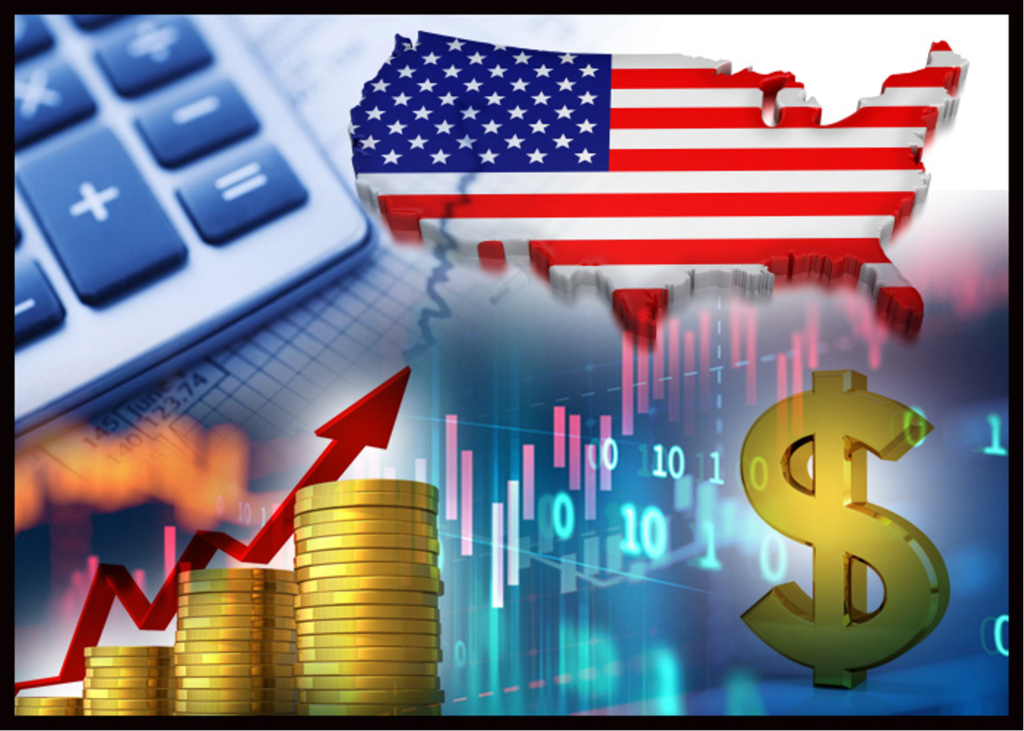Kavan Choksi Talks About Inflation in the United States

Inflation is ideally measured as the change in a price index over a span of a year. However, when considering the trajectory and momentum of inflation, one must also take into account how prices have changed over a shorter period. The shorter-horizon inflation rates tend to be seasonally adjusted and annualized. As Kavan Choksi mentions, lower monthly inflation readings late in the calendar year over the past three years have increased optimism about inflation rates progressing towards a 2% annual rate in the United States.
Kavan Choksi provides brief insight into inflation in the United States
The Federal Reserve entered 2025 gearing up for the “last mile” of its inflation fight. The PCE or personal consumption expenditures deflator, which is the preferred inflation measure of the Fed, was tracking inflation at 2.3% at the end of October 2024. However, as inflation is inching closer to the 2% target of the Fed, the last bit of inflation is likely to stay sticky at or above 2 percent in 2025. The days of below 2% inflation, which was observed prior to the expansion from 2010-2019 are not likely to occur.
Decreasing energy prices, gasoline in particular, as well as stabilizing food prices have played a pivotal role in cooling inflation. Subsequent to stripping out these more volatile price components, however, core inflation was at 2.8 % as of October 2024. The reason behind this was elevated costs of labour-intensive services, like transportation, healthcare and financial services. The odds of labour service pricing pressures easing in 2025 is not too high. Even though the labour market has softened, there still are more job openings in certain sectors than unemployed people. Slowing immigration and retiring baby boomers are expected to be headwinds for labour force growth.
As per Kavan Choksi, the housing costs have been a major contributor to inflation and are likely to add to inflationary pressures in 2025 as well. Home prices are estimated using the equivalent rent, of the owner. This represents the hypothetical rent homeowners would pay if they rented their property instead of owning it. Consequently, changes in rental and housing prices take time to reflect in inflation data, as rental agreements and hence rental costs are for the long-term and do not change frequently. Moreover, the mortgage lock-in effect has kept home prices rising despite high-interest rates in recent years. Homeowners with low mortgage rates are reluctant to sell and give up their favourable rates. As mortgage rates slowly go down, an increase in home sales is expected, likely driving prices even higher.
In the year of 2024, stronger than anticipated consumer demand, furled by significant income growth, was a major contributor to inflation. This trend is expected to continue into 2025 owing to the ongoing tight labour market. However, the pace may slow as job and income growth are predicted to cool in the first half of the year. Moreover, the upcoming administration is anticipated to introduce new tariffs. These new tariffs are expected to cause a one-time increase in inflation.





